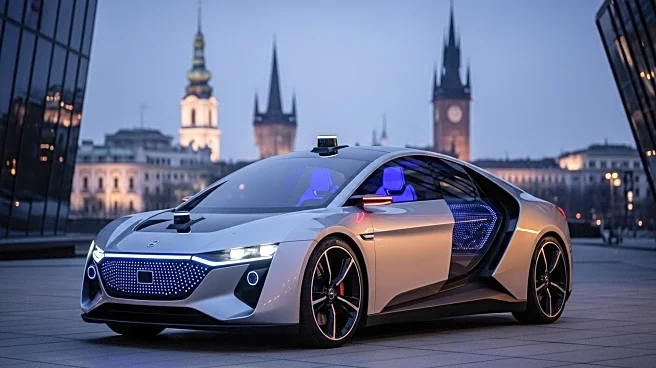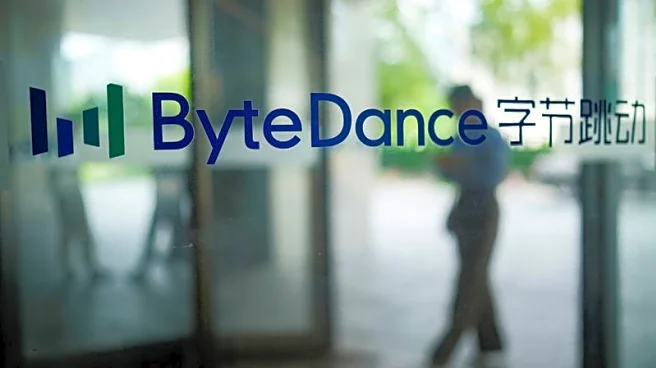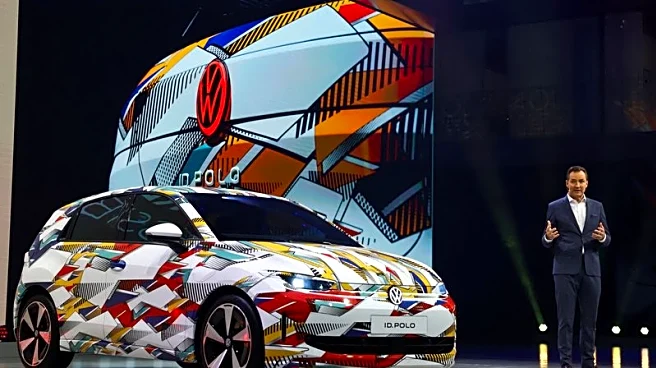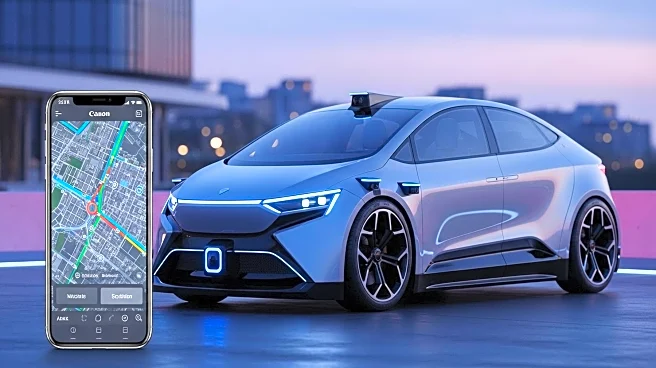What is the story about?
What's Happening?
Uber, a leading ride-hailing company, and Momenta, a Chinese autonomous vehicle startup, have announced plans to test robotaxis in Munich, Germany starting in 2026. This marks the first continental European city where either company will publicly test autonomous vehicles. The partnership, unveiled in May 2025, will initially involve vehicles with human safety operators to monitor and control the cars if necessary. Momenta, founded in 2016, is a significant player in China's autonomous vehicle market, having tested self-driving cars since 2018. Uber's move into the European AV market places it in direct competition with other companies like Lyft, which has partnered with Baidu to deploy robotaxis in Europe. Uber has already integrated Waymo's robotaxis into its app in several U.S. cities, including Austin, Atlanta, Phoenix, Los Angeles, and San Francisco.
Why It's Important?
The expansion of Uber and Momenta into the European autonomous vehicle market signifies a growing interest and investment in automated transportation solutions. This development could accelerate the adoption of autonomous vehicles in Europe, potentially transforming urban mobility and reducing reliance on human drivers. The move also highlights the competitive landscape among ride-hailing companies seeking to establish a foothold in the AV sector. For Uber, this represents an opportunity to leverage its existing partnerships and technology to capture a share of the European market, which is known for its strong automotive industry. The introduction of robotaxis could lead to increased efficiency in transportation, reduced traffic congestion, and lower emissions, benefiting both consumers and the environment.
What's Next?
Uber and Momenta will need to navigate regulatory hurdles in Germany, including proving that their vehicles meet safety standards and obtaining approval for geo-fenced zones. The companies may face scrutiny from German regulators, who will assess the safety and reliability of the autonomous vehicles. Successful certification could pave the way for further expansion into other European markets. Additionally, Uber's competitors, such as Lyft, are also making moves in the AV space, which could lead to increased competition and innovation. As the technology advances, stakeholders will likely focus on improving vehicle autonomy and expanding operational areas, potentially leading to widespread adoption of autonomous vehicles in urban settings.
Beyond the Headlines
The deployment of autonomous vehicles in Europe raises ethical and legal questions regarding safety, liability, and employment. As robotaxis become more prevalent, there may be concerns about job displacement for traditional drivers. Furthermore, the integration of advanced driver assistance systems (ADAS) and Level 4 autonomy could lead to discussions about the balance between human oversight and machine control. The collaboration between Uber and Momenta also underscores the importance of international partnerships in advancing technology and addressing regulatory challenges across different regions.
AI Generated Content
Do you find this article useful?
















